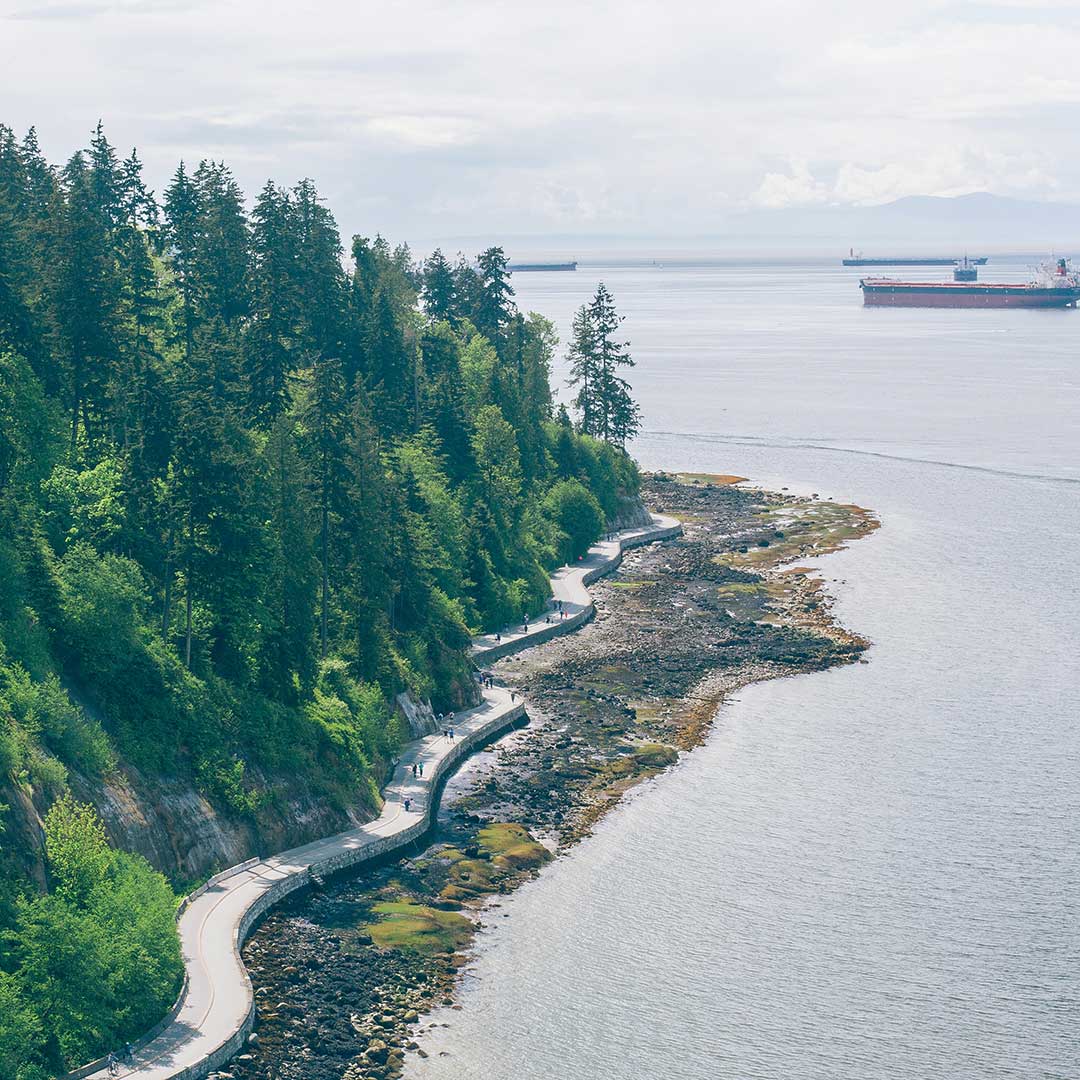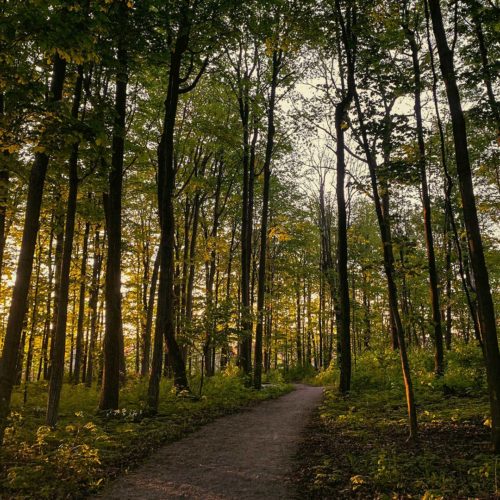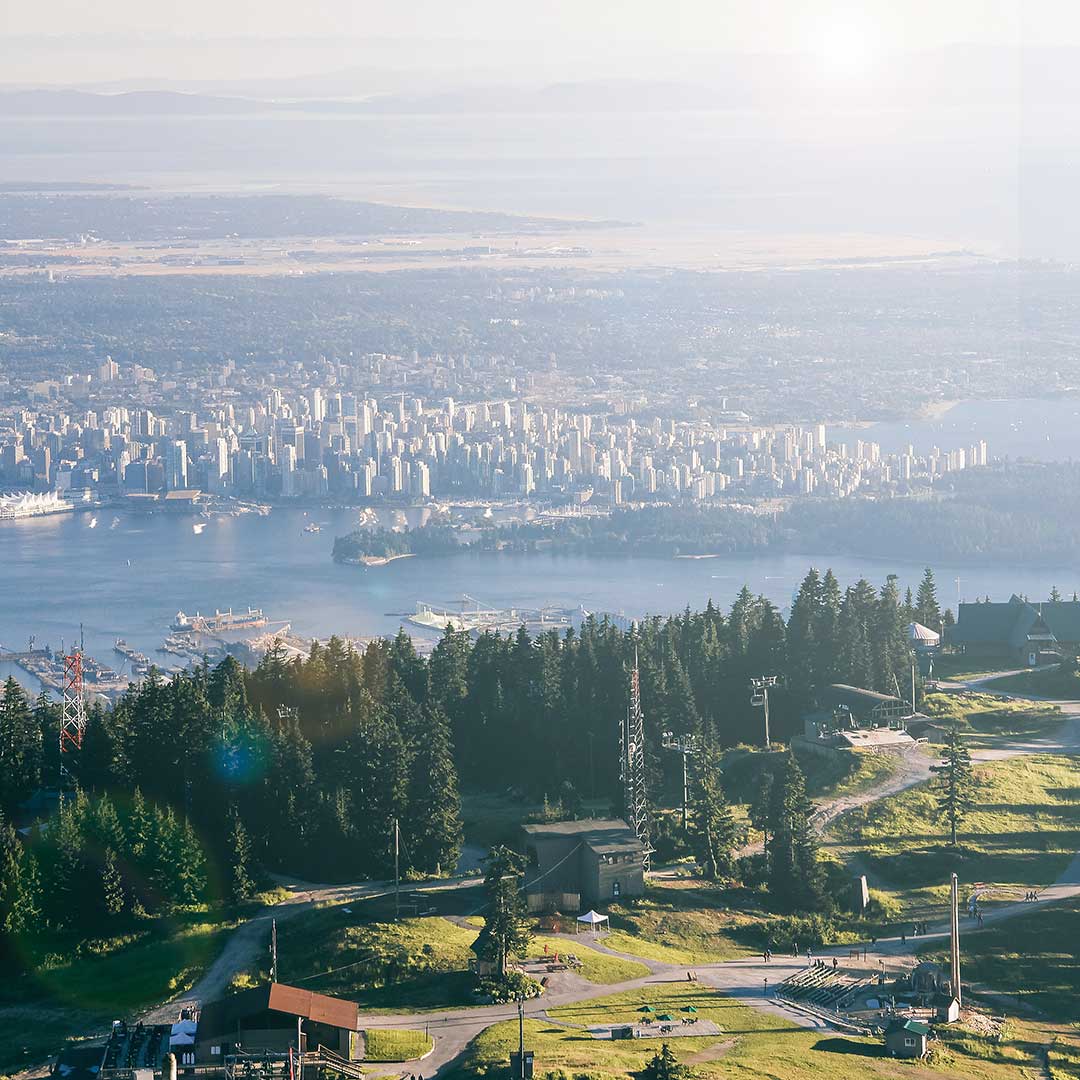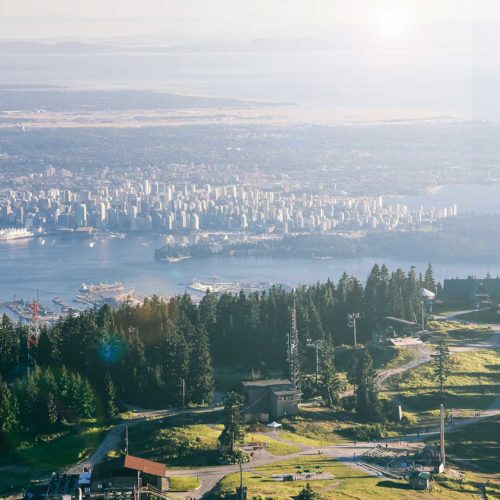
There are over 3,500 municipalities in Canada, meaning we have over 3,500 opportunities to use nature-based climate solutions (NBCS) to make a positive impact.

There are over 3,500 municipalities in Canada, meaning we have over 3,500 opportunities to use nature-based climate solutions (NBCS) to make a positive impact.
Climate change is costing municipalities in this country millions of dollars every year. Nature-based climate solutions can help us mitigate and adapt to a changing climate while also protecting nature and biodiversity.
Whether you are a municipal councilor, staffer or part of an organization wanting to make change in your community, this page will give you the knowledge you need to choose nature-based solutions!
Nature-based climate solutions should not be seen as an alternative to the shift away from fossil fuels, but rather as a cost-effective add-on that will get us closer to our carbon emissions goals while also protecting nature and other species.

Looking for a quick guide to municipal actions on nature-based climate solutions? Download our Top 10 Municipal Actions by filling out the form below.
By submitting this form, you agree to receive communication from Nature Canada and its associated parties. We respect your privacy and you may unsubscribe at any time.
Cost-effective and practical, nature-based climate solutions can significantly impact how municipalities address climate change and the loss of nature.
There are many financing options that are becoming available for these already cost-effective solutions.
Studies show that in big cities and small towns alike, marginalized communities have less acess to nature.
A good nature-based climate solutions strategy or implementation includes consultation and partnership with Inidgenous Peoples.
Nature-based climate solutions are emerging on the municipal scene as cost-effective and practical solutions that allow municipalities to address both climate change and the loss of nature in communities. Many municipalities have limited resources available to put towards protecting nature and climate initiatives, which is one reason why implementing these solutions can be so impactful. Moreover, the cost of implementing nature-based solutions now is much less when compared to the damage that climate change will inflict on our communities in the future.
Nature-based climate solutions are a good economic decision for municipalities for two reasons:
Sharing our community with other non-human species is vitally important. For example, birds and bees help pollinate our gardens and agricultural lands. Habitat loss is one of the main factors that is contributing to both climate change and species extinction. It is in the best financial interest of a municipality to preserve habitat for species so that they can continue to benefit our society. It’s also the right thing to do for the sake of the planet and the species we share it with.
Check out these reports to learn more:

Many financing opinions are becoming available for these already cost-effective solutions. The federal government has made these solutions an increasing part of its fight against climate change, and some of the funding for this will be handed down to municipalities. Nature Canada’s NBCS Funding Guide (download below) includes a list of potential financial opportunities and unique ways municipalities have funded these types of projects in the past.
The opportunity presented by nature-based climate solutions is obvious, but they can only help us if they are implemented. Implementation requires funding, download our guide and learn how to fund your projects, including over 20 different potential funding sources to get you started today!
By submitting this form, you agree to receive communication from Nature Canada and its associated parties. We respect your privacy and you may unsubscribe at any time.

Studies show that in big cities and small towns alike, marginalized communities have less access to nature. By extension, they have less access to the benefits that nature can bring, including mitigating flooding and other severe weather, reducing heat island effects, reducing the load on sewer systems, and filtering water. Access to green spaces also provides mental health benefits on top of all this! Nature-based climate solutions should always be implemented with equity in mind… Who currently in your community is lacking access to nature and how can we increase access through these solutions?


Good implementation of nature-based climate solutions always includes consultation and partnership with Indigenous peoples. Studies have shown the abundance of species is significantly higher on lands owned or managed by Indigenous peoples. Every town, city and county sits on Indigenous Land and this means that every town, city and county needs to be engaging with and providing space for input from the Indigenous people in their community. This does not mean only engaging with Indigenous councils on reserves; there are many Indigenous people who live in urban areas that should also be involved.
Use this tool to find out who’s traditional territory your municipality is on so that you can collaborate.
Below are examples of nature-based climate solutions being incorporated into municipal climate action plans. These plans were specifically chosen as they incorporate these solutions well and could be seen as ideal examples for municipal implementation. No one plan is perfect, so many are highlighted below to provide examples for different types of NBCS actions.
Canada’s wilderness is the world’s envy. It’s our duty to keep our true north strong and green.
Donate